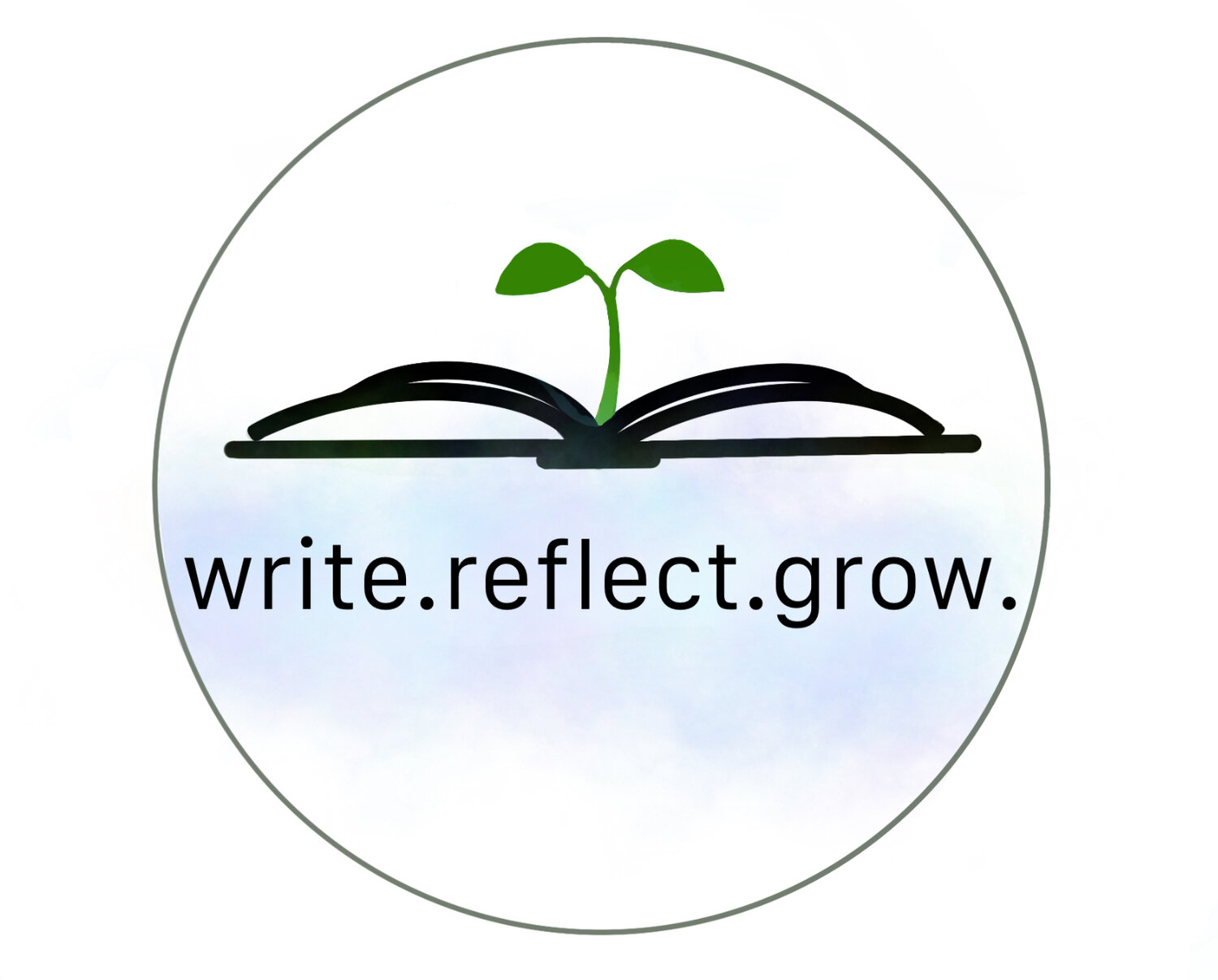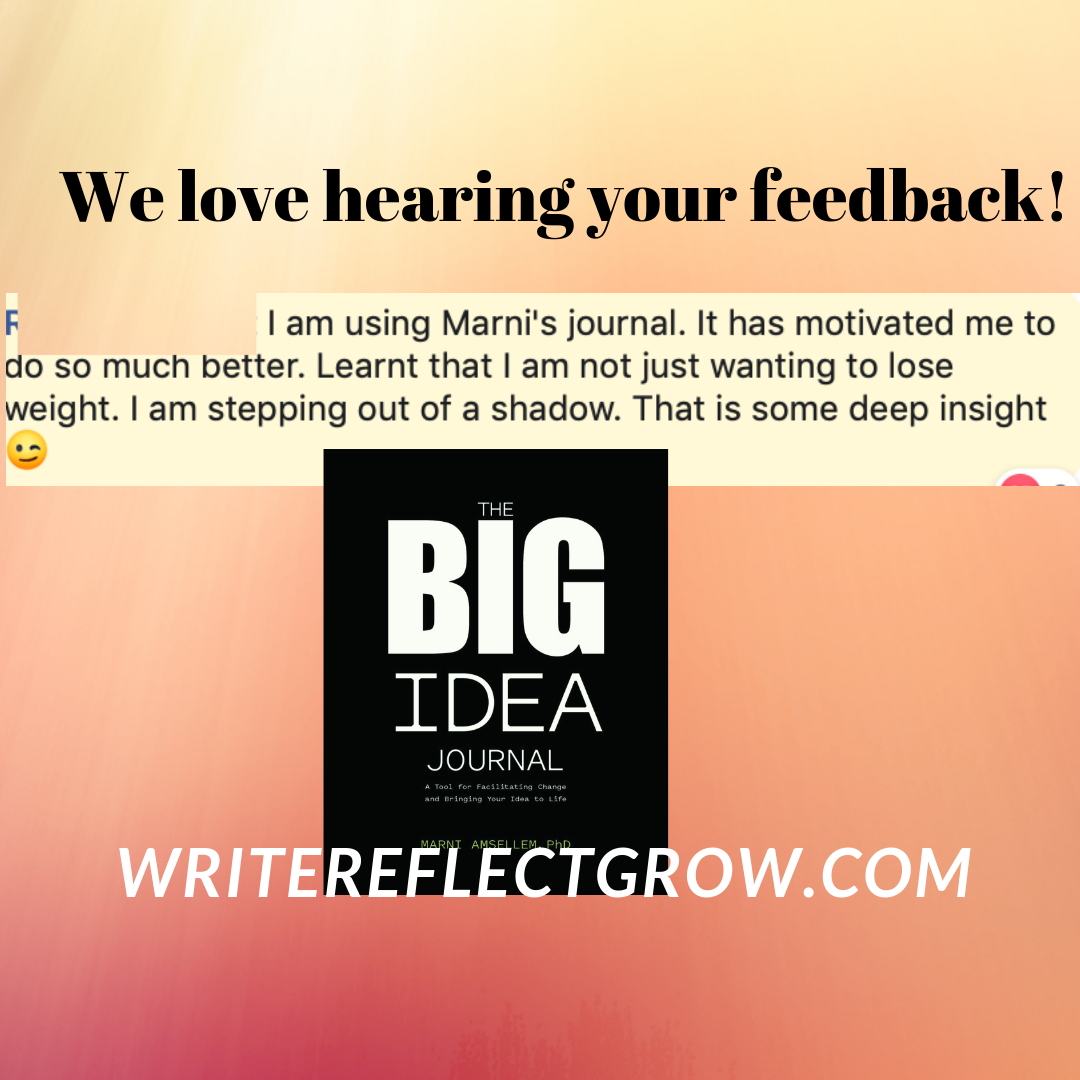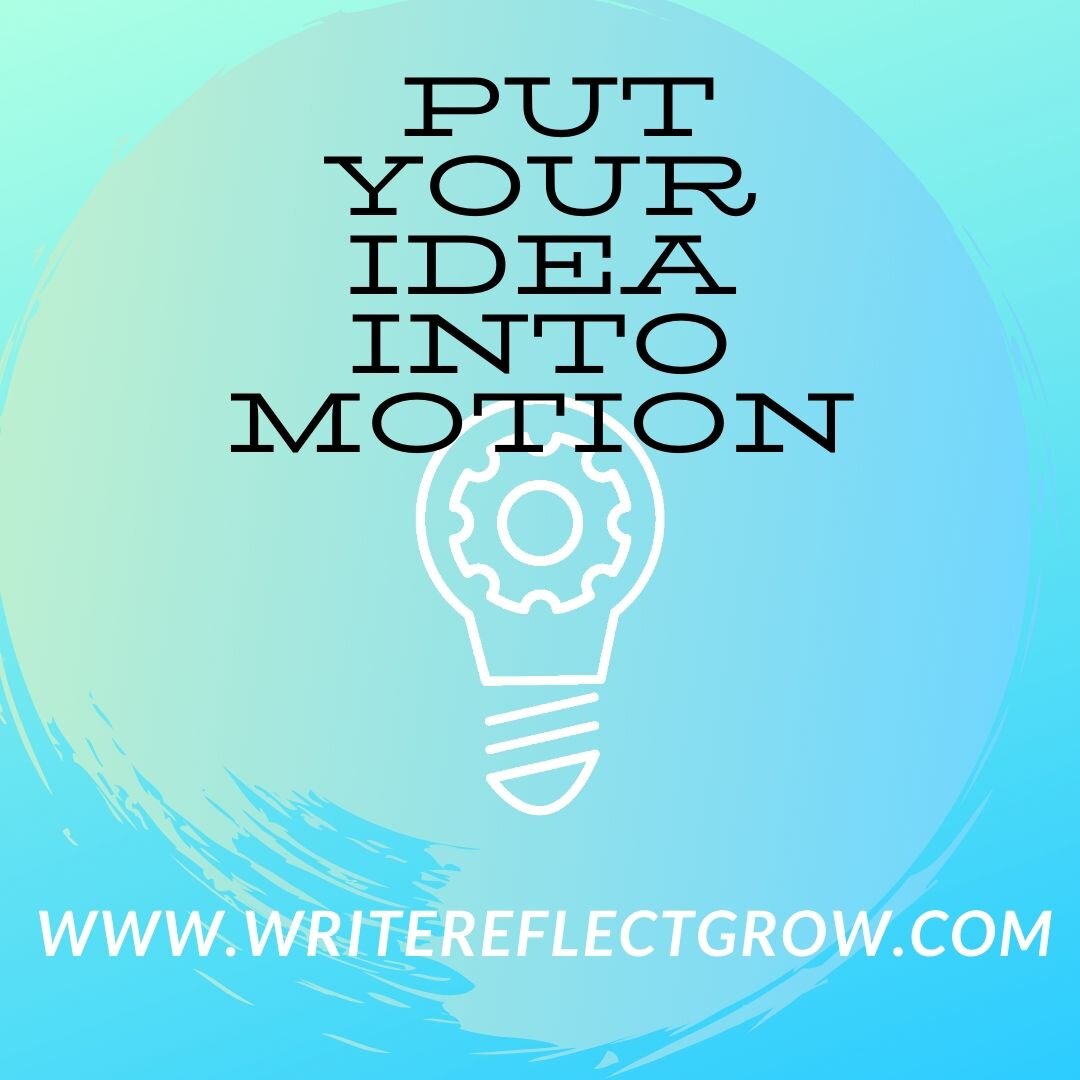Lately, I’ve spent a lot of time listening. Listening to others, and listening to myself.
I hear how many of you have some of your greatest insights and ideas while on a walk, or while driving in your car. I’ve noticed when something I’ve listened to sticks because of what it activates in my own thinking. And I’ve listened to many around me who are connecting with an audio format of consuming stories, consuming ideas.
Since the original publication of The Big Idea Journal: A Tool for Facilitating Change and Bringing Your Idea to Life last year, I’ve been nurturing an idea that is an offshoot of my original idea. I could create an audio version of the Big Idea Journal that people could access on-the-go. I envisioned that this would meet many people where they currently are, listening to audiobooks, or who are auditory learners. I chose to pursue this idea. I went through many of the steps set forth in the process described in The Big Idea Journal, which, of course, is designed to help nurture an idea.
And now the audiobook of The Big Idea Journal is a reality. And the purpose of this new resource- guiding YOU in making YOUR idea a reality.
This past summer, I joined forces with rising talent Nicholas Eric French to try something new, adapting and recording our first audiobook: The Big Idea Journal: A Tool for Facilitating Change and Bringing Your Idea to Life. This involved getting clear on our mission, as well as establishing what we needed to do to help ensure our success in reaching others. Adapting a written workbook to an audible format presented opportunities to rethink how we absorb information and problem-solve. The reality is, we are all unique, and audiobooks are preferable for many for a variety of reasons. So we acknowledge the preferences and are rising to meet the need!
I pilot-tested audio recordings with users representing a range of familiarity with and preferences for audiobooks, across different ages and demographic backgrounds. I was curious about many factors that could impact both the usability of and the satisfaction with this resource. Collecting this feedback was useful in creating a resource with the intended impact. Some of the early feedback included the following excerpts:
“This Big Idea Journal audiobook is exciting and got my creative juices flowing. Nicholas has a great voice for this project. He is easy on the ears and makes you want to hear more.”
“I did not have trouble visualizing or understanding the instructions. Given the fact that most listeners will be writing along and focusing actively on the audiobook, I imagine listeners would easily understand the book.”
“Great book, and an easy listen. I look forward to getting a copy and launching my ideas. Great work.”
These statements, along with comments that helped to pinpoint areas to improve all felt very encouraging.
The process of creating this audiobook has illustrated this truth to me: Growth happens by challenging ourselves to try something new. I feel proud of the growth that came from taking on this challenge.
The reality is, we live in an ever-changing world (the comment below was written one year ago by a user with a spiral-bound copy of The Big Idea Journal), and our needs and preferences for information-management may change, depending on the situation. Some situations may lend itself even more for an audiobook than others. Regardless of the situation, we all are different; one size does not always fit all. I tend to process information visually, so I find the ability to listen to something is even more impactful when I am writing and recording. When I am using the audiobook version, I am doing so while I have a blank journal nearby. The bottom line is that this resource is designed for you to tailor to YOU.
One additional historical point: My recognition that an audiobook format for the guided prompts would meet the needs of many was not actually the first time I had had such an insight. I recognized that an audio format could reach those who are sparked and motivated by listening when I created this series outlined in this blog post on Simple Habit meditation app last year. This guided reflection series is also available for download on the app.
Whether you prefer a spiral-bound version or the audiobook version of The Big Idea Journal, I invite you to see for yourself how this resource can help you nurture something big!
-Marni Amsellem, Ph.D.
Clinical psychologist and author
Founder, Write. Reflect. Grow.









